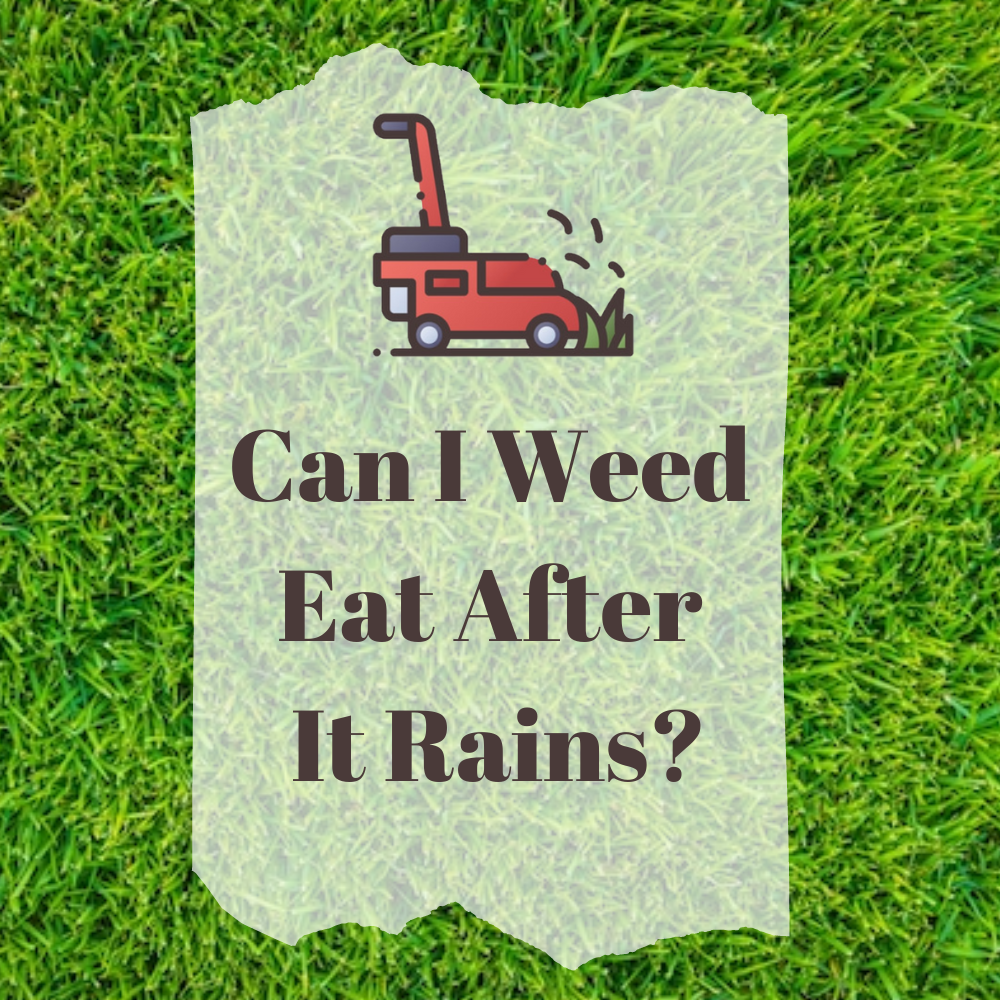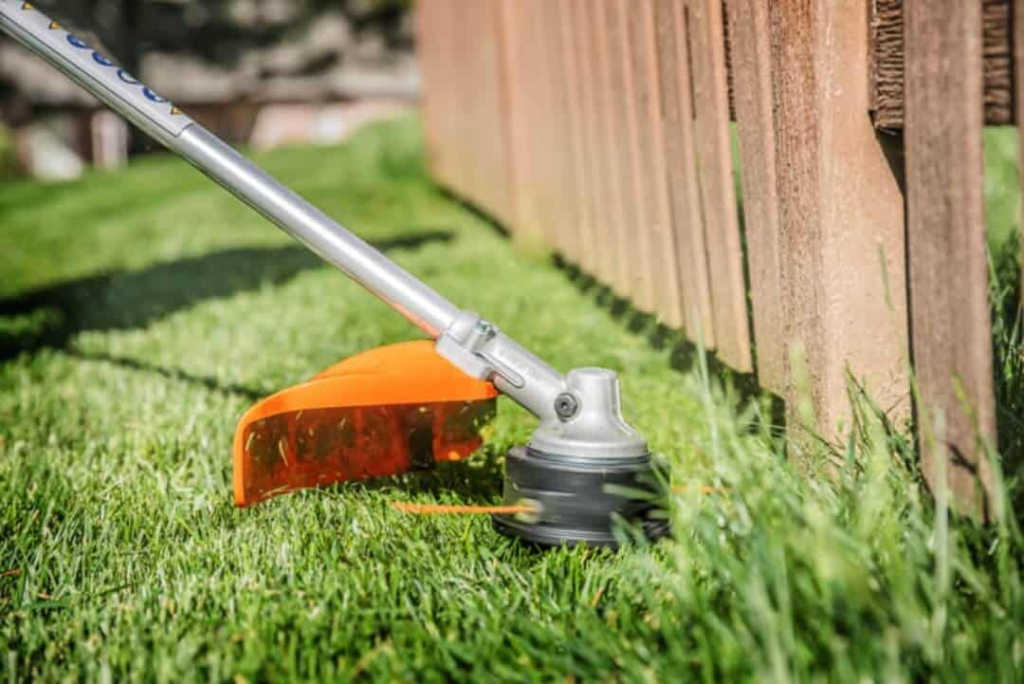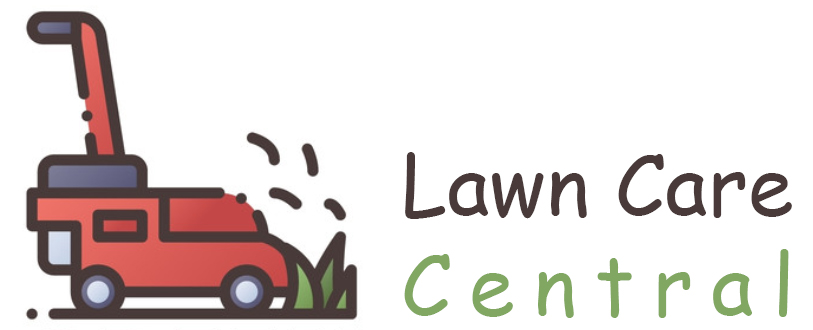
As a homeowner or landscaper, one of the most common questions that often comes up after a heavy rain is whether or not it’s safe to use a weed eater.
While the rain can help to soften the ground and make it easier to remove weeds, it can also create some challenges when it comes to using a weed eater effectively and safely.
In this article, I’ll provide you with some tips and guidelines to help you determine whether or not it’s safe to use your weed eater after a rain, as well as some practical advice on how to prepare your equipment, adjust your technique, and stay safe while working in wet conditions.
Whether you’re a seasoned landscaper or a weekend warrior, these tips will help you get the most out of your weed eater and keep your lawn looking great, even after a heavy rainfall.
Understanding the Challenges of Weed Eating After Rain
It’s tough to trim your lawn once the skies have dumped their load, as the rain-soaked ground and foliage can pose several challenges.
For starters, the wet grass and weeds can cling to the weed eater’s head, causing it to clog and malfunction. The moisture can also weigh down the foliage, making it harder to cut, which can put a strain on the engine of the weed eater.
Moreover, when it rains, the soil becomes softer, and the mud can accumulate around the roots of the weeds. This can make it difficult to see the base of the plants, making it hard to determine where to cut.
Also, the wet soil can cause the weed eater’s wheels to slip and slide, making it tricky to maneuver around the garden. Therefore, it’s best to wait until the ground dries up a bit before attempting to weed eat after a rainfall.
Checking the Ground Conditions
You’ll want to check the moisture levels of the ground before firing up your weed trimmer. After a rainy day, the ground may have absorbed a significant amount of water, which can make it difficult to weed eat. The ground can become muddy and slippery, causing you to lose your footing or the weed eater to get clogged.
However, if you wait for the ground to dry out a bit, you’ll have a much easier time trimming your lawn. To check the ground conditions, you can use a simple test. Take a handful of soil and squeeze it tightly in your hand. If water drips out, the ground is too wet to weed eat.
Alternatively, you can step on the ground and see if water seeps up around your foot. If it does, it’s best to wait until the ground dries out a bit. By taking these precautions, you can ensure that you’ll have a successful and safe weed eating session.

Preparing Your Weed Eater for Use After Rain
If your garden gets hit with some rainfall, there are simple steps to follow to ensure your trimmer is ready for use when the sun comes back out.
The first thing to do is to remove the spark plug and clean it with a dry cloth. This will ensure that any moisture on the spark plug is removed, which could cause the engine to fail to start.
Once the spark plug has been cleaned, check the air filter for any signs of moisture. If the air filter is wet, it’ll need to be replaced before using the weed eater.
After checking the spark plug and air filter, it’s time to inspect the trimmer’s fuel system. Drain any remaining fuel from the tank and refill it with fresh fuel. This is important because any water that may have entered the tank can cause the engine to malfunction.
Finally, check the cutting head and line for any debris or water. If there is debris, remove it before using the trimmer. If there is water, it’s best to wait until it has dried or use a dry cloth to remove it.
Following these simple steps will ensure that your weed eater is ready to tackle any wet grass or weeds in your garden.
Choosing the Right Trimmer Line for Wet Conditions
When it comes to trimming wet grass, selecting the appropriate trimmer line will make all the difference in achieving a neat and efficient cut. Wet grass can be tough and thick, making it difficult to cut with a standard trimmer line.
It’s important to choose a line that is durable and strong to withstand the moisture and density of the grass. A thicker line, such as .080 or .095, is recommended for wet conditions as it will have better cutting power and less likelihood of breaking.
Another factor to consider when choosing a trimmer line for wet conditions is the shape of the line. A round line is better suited for dry grass, but a square or twisted line will have more cutting power in wet conditions. The square shape will also help to create a cleaner cut and reduce the amount of missed spots.
It’s important to check the manufacturer’s recommendations for the type and size of line that is compatible with your weed eater before making a purchase. By selecting the right trimmer line, you can ensure a smooth and efficient cut even in wet conditions.
Adjusting Your Cutting Technique
To achieve the best results when cutting wet grass, it’s important to adjust your technique and be mindful of the conditions.
One of the most important things to keep in mind is to slow down your cutting speed. Wet grass can be heavier and more difficult to cut, so it’s important to take your time and not rush through the job.
You may also want to consider raising the height of your trimmer to avoid cutting too much grass at once, which can lead to clogging and uneven cuts.
Another important technique to keep in mind when cutting wet grass is to use a sweeping motion with your trimmer. This will help to prevent clumping and ensure a more even cut.
To achieve this, hold the trimmer at a slight angle and sweep it back and forth in a smooth motion. It may also be helpful to pause periodically and clear any clippings from the trimmer head to prevent clogging and ensure a more even cut.
By adjusting your technique and being mindful of the conditions, you can achieve great results when cutting wet grass with a trimmer.
Safety Precautions to Consider
Before you start trimming wet grass, it’s crucial to take safety precautions into consideration. Wet conditions can make it harder to maneuver the weed eater, and can also make the ground more slippery. This combination can increase the likelihood of accidents and injuries.
To minimize these risks, it’s important to wear appropriate safety gear, such as goggles, ear protection, and a sturdy pair of shoes with good traction. Additionally, it’s important to inspect the area where you’ll be working, and remove any obstacles or debris that could pose a hazard.
Another important safety consideration when weed eating after it rains is the potential for electrical hazards. If you’re using an electric weed eater, make sure the power cord is in good condition and free from damage. If you’ll be working in an area where water is present, it’s also important to use a ground fault circuit interrupter (GFCI) to prevent electrical shock.
Finally, be aware of your surroundings and any nearby power lines or other electrical hazards. By taking these precautions, you can safely and effectively trim wet grass with your weed eater.

Tips for Maintaining Your Weed Eater After Use in Wet Conditions
Once you’ve conquered the challenge of cutting through wet grass, don’t forget to give your trusty tool some TLC to ensure it’s ready for the next job.
One important tip for maintaining your weed eater after use in wet conditions is to clean it thoroughly. Wet grass and mud can get caked onto the blades, which can cause damage or make it more difficult to use next time.
I always start by removing the head of the weed eater and wiping it down with a dry cloth. Then, I use a brush or toothbrush to gently scrub any remaining debris from the blades. Finally, I spray the blades with a lubricant to prevent rust and ensure they stay sharp.
Another tip is to store your weed eater properly after use. Even if you’ve cleaned it thoroughly, moisture can still cause damage if it’s left in a damp environment.
I always make sure to dry my weed eater off completely before storing it, and I keep it in a dry place, like a shed or garage. If you don’t have a dedicated storage area, consider investing in a waterproof cover to protect your tool from the elements.
By taking these simple steps, you can ensure your weed eater is ready to tackle any job, rain or shine.
Conclusion
So, can you weed eat after it rains? The answer is yes, but with caution.
It’s important to understand the challenges and adjust your approach accordingly. Check the ground conditions, prepare your weed eater, choose the right trimmer line, adjust your cutting technique, and take safety precautions.
After use, clean and maintain your weed eater properly to ensure its longevity.
While it may seem inconvenient to weed eat after rain, it’s still possible with the right preparation and precautions. By following the steps outlined in this article, you can safely and effectively use your weed eater in wet conditions.
Don’t let a little rain stop you from maintaining a beautiful lawn and garden. With a little extra effort, you can keep your outdoor spaces looking their best year-round.
